Home>Storage Ideas>Kitchen Storage>How To Design A Kitchen Island With Seating: 6 Experts Advise
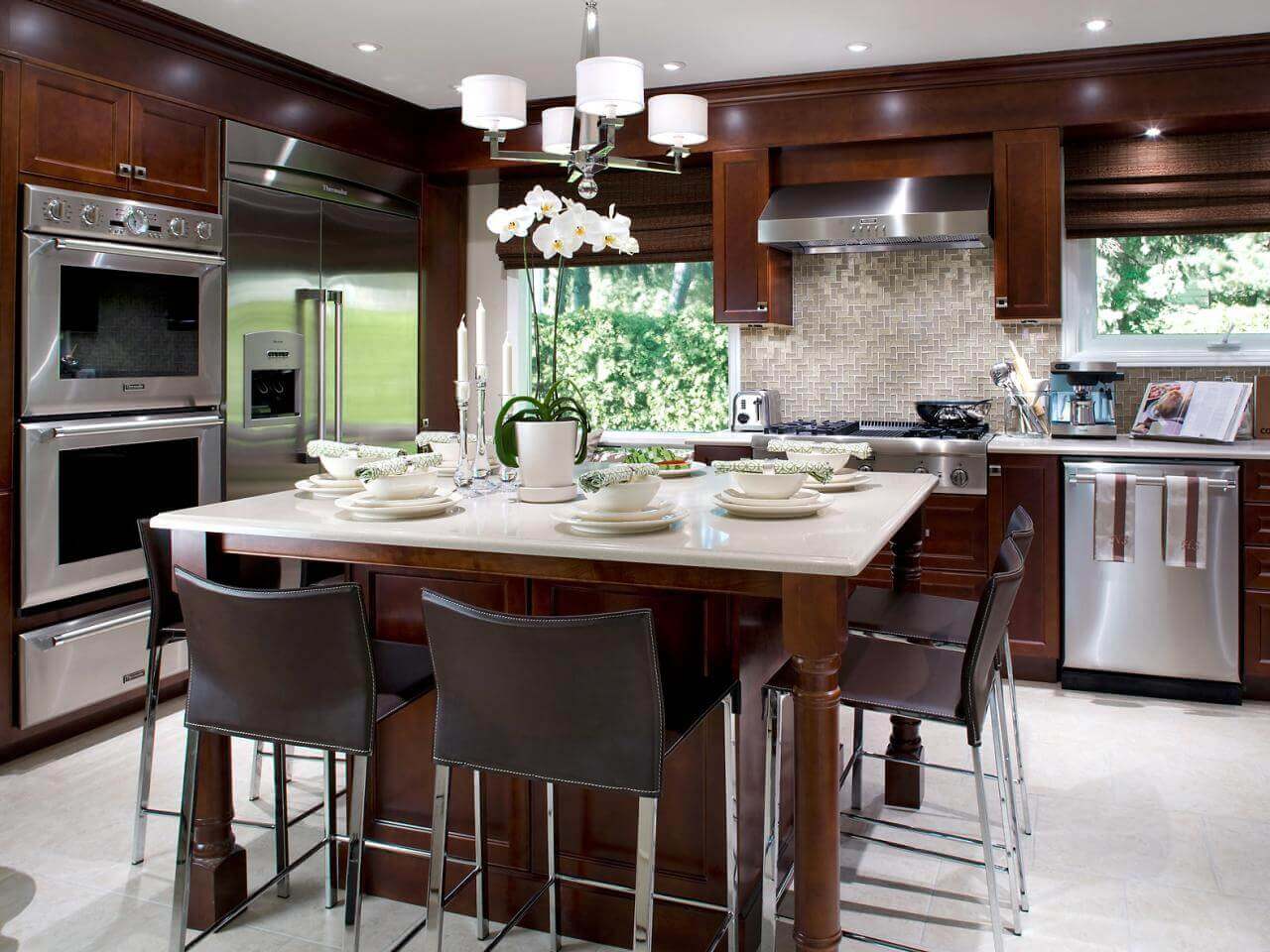

Kitchen Storage
How To Design A Kitchen Island With Seating: 6 Experts Advise
Modified: May 6, 2024
Learn how to design a kitchen island with seating and maximize kitchen storage with expert advice from 6 professionals. Discover creative kitchen storage ideas.
(Many of the links in this article redirect to a specific reviewed product. Your purchase of these products through affiliate links helps to generate commission for Storables.com, at no extra cost. Learn more)
Introduction
Designing a kitchen island with seating is a fantastic way to optimize both functionality and style in your kitchen space. Not only does it provide a central gathering area for your family and friends, but it also offers additional storage and workspace. Whether you have a large kitchen or a compact one, incorporating a kitchen island with seating can transform the way you use and enjoy your kitchen.
In this article, we will explore six expert tips to help you design a kitchen island with seating that fits perfectly into your space and meets your practical and aesthetic needs. From considering the available space to selecting the right materials, we will guide you through the process of creating a beautiful and functional kitchen island with seating. Let’s dive in!
Key Takeaways:
- Designing a kitchen island with seating involves assessing space, determining function, choosing appropriate size, seating options, materials, and optimizing storage. It’s about creating a balance between aesthetics and practicality for a functional and stylish kitchen centerpiece.
- The key to a successful kitchen island with seating lies in thoughtful planning and consideration of available space, primary function, size, seating options, materials, and storage. It’s about creating a versatile and inviting hub for socializing, dining, and meal preparation.
Consider the available space
Before diving into the design process, it’s crucial to assess the available space in your kitchen. Understanding the dimensions and layout will help you determine the size and shape of your kitchen island with seating.
If you have a spacious kitchen, you have the luxury of choosing a larger kitchen island with ample seating. You can opt for a rectangular or L-shaped island that accommodates multiple seats and creates a grand focal point in your kitchen.
However, if you have a smaller kitchen, you may need to get creative with your island design. Consider a smaller, more compact island that offers seating on one side. This can serve as a cozy breakfast nook or a casual dining area while still providing extra counter space.
Another option for smaller kitchens is a portable kitchen island with seating. These versatile islands can be moved around to create additional work surface or seating as needed. They are a fantastic solution if you have limited space but still want the convenience of a kitchen island.
Additionally, consider the flow and circulation in your kitchen. Make sure there is enough space around the island for comfortable movement, as well as clearances for opening cabinet doors and appliances.
By considering the available space in your kitchen, you can determine the size, shape, and placement of your kitchen island with seating, ensuring it fits seamlessly into your layout while enhancing the functionality of your space.
Determine the island’s primary function
Once you have assessed the available space, it’s important to determine the primary function of your kitchen island with seating. This will help guide the design and layout decisions.
Consider how you plan to use the island. Is it primarily for dining and entertaining, or will it also serve as additional workspace for meal preparation? Understanding the main purpose of the island will dictate its size, seating arrangement, and storage options.
If you envision using the island mainly for dining and entertaining, prioritize the seating area. Choose comfortable and stylish bar stools or chairs that complement your kitchen’s theme. Make sure to leave enough space between seats for easy access and movement.
On the other hand, if you intend to use the island for meal preparation as well, allocate enough countertop space. Consider adding a sink or a cooktop to make the island a functional and efficient workspace. Incorporate storage solutions such as drawers and cabinets to keep kitchen utensils, pots, and pans easily accessible.
Additionally, think about any specific features or appliances you want to include in the island. Do you need a wine cooler, a built-in oven, or a microwave? Identifying these additional functions will help you plan the layout and design accordingly.
By determining your kitchen island’s primary function, you can create a space that perfectly caters to your specific needs. Whether it’s for dining, meal preparation, or a combination of both, your island will become the hub of activity in your kitchen.
Select the appropriate island size
Choosing the right size for your kitchen island with seating is essential for both functionality and visual harmony. The size should be proportionate to the overall dimensions of the kitchen while allowing sufficient space for seating and movement.
If you have a large kitchen, you have more flexibility in terms of island size. Consider a substantial island that can accommodate a generous number of seats. This will create a statement piece in your kitchen while providing ample room for socializing and dining.
In a smaller kitchen, opt for a more compact island that doesn’t overpower the space. A narrow or smaller-sized island with seating on one side can still provide functionality and a cozy dining area without compromising precious floor space.
It’s important to strike a balance between the island’s size and the distance between it and other kitchen elements. Avoid overcrowding the space by leaving enough room for comfortable movement and clearances around the island. The general guideline is to allow at least 36 inches of space between the island and surrounding cabinets or appliances.
Consider the height of the island as well. For comfortable seating, the standard countertop height of 36 inches may not be suitable. Determine whether you prefer counter-height seating (24 to 26 inches), bar-height seating (28 to 30 inches), or a combination of both.
Remember, the size of your island should be practical and proportionate to your kitchen. It should allow for comfortable seating, sufficient workspace, and seamless integration with the rest of the kitchen design.
When designing a kitchen island with seating, consider the space available for comfortable seating and traffic flow. Aim for at least 24 inches of width per seat and allow for 12-15 inches of overhang for legroom.
Incorporate seating options
The seating options you choose for your kitchen island can greatly impact the overall design and functionality of the space. From bar stools to built-in benches, there are various seating options to consider.
Bar stools are a popular choice for kitchen islands with seating. They come in a wide range of styles, materials, and heights, allowing you to find the perfect match for your kitchen’s aesthetic. Consider whether you want backrests or swivel features for added comfort and flexibility.
Another option is to incorporate built-in seating, such as a banquette or a bench. This creates a unique and inviting dining area that seamlessly blends with the island. Built-in seating can also double as extra storage with the addition of drawers or compartments underneath.
If you have a more informal and casual style, consider using a mix of seating options. Combine bar stools with a cozy banquette or incorporate some trendy café-style chairs for a charming and eclectic look.
When deciding on the number of seats, consider the available space and the island’s primary function. Aim for a balance between providing enough seating for your needs and allowing sufficient space for movement. Typically, allowing 24 to 30 inches of width per person ensures a comfortable dining experience.
Lastly, don’t forget to choose materials and upholstery that are both stylish and durable. Opt for stain-resistant fabrics, easily cleanable surfaces, and sturdy materials that can withstand the rigors of everyday use.
By carefully considering and incorporating the right seating options for your kitchen island, you can create a comfortable and inviting space for dining and entertaining in your kitchen.
Choose the right materials and finishes
The materials and finishes you choose for your kitchen island with seating can significantly impact its overall style, durability, and maintenance requirements. Selecting the right materials is essential to ensure the longevity and visual appeal of your island.
When it comes to the countertop, consider materials that offer both aesthetics and practicality. Granite, quartz, and butcher block are popular choices, as they are durable, easy to clean, and come in a variety of colors and patterns. These materials also provide a solid surface for meal preparation and dining.
For the base of the island, you have numerous options to match your kitchen’s style. Wood, metal, or painted finishes are commonly used. Wood offers warmth and a timeless look, while metal provides a modern and sleek appearance. Painted finishes allow for customization and can be coordinated with the rest of your kitchen cabinetry.
When selecting materials, consider the level of maintenance they require. Some materials, such as wood, may need regular sealing or oiling to maintain their appearance and protect them from water damage. Others, like metal or laminate, are more resistant to stains and moisture and require less maintenance.
Additionally, think about the finishes and hardware you want to incorporate. Matte or glossy finishes can create different visual effects, so choose one that complements your kitchen’s style and enhances the overall aesthetic. Pay attention to the hardware as well, such as drawer pulls and hinges, as they can add a touch of elegance and functionality to your island.
When making material and finish decisions, keep in mind the overall durability and functionality of your kitchen island. Choose materials that are not only visually appealing but also suitable for the demands of daily use in your kitchen.
Optimize storage space
One of the key advantages of having a kitchen island with seating is the opportunity to maximize storage space. By incorporating clever storage solutions, you can keep your kitchen organized and clutter-free.
Consider adding cabinets, drawers, or open shelves to your island. These provide convenient storage for kitchen essentials such as cookware, dishes, and utensils. Incorporating pull-out shelves or wire baskets can make accessing items even easier.
For larger islands, consider including dedicated storage features such as a wine rack, spice drawers, or a built-in microwave or oven. These specialized storage options not only free up space in your main cabinets but also make it more convenient to access frequently used items.
Another innovative storage idea is to include a built-in pantry within your island. This can be a small but functional space to store dry goods, canned items, and snacks, making it easy to grab what you need while working in the kitchen.
When planning your storage solutions, think about the items you use most frequently and organize them in a way that makes sense for your cooking and dining habits. Group similar items together and consider utilizing dividers or organizers to keep everything neat and easily accessible.
Lastly, don’t overlook the island’s ends and sides. These areas can be utilized for additional storage by adding hooks or magnetic strips for hanging utensils, potholders, or towels. It’s also a great spot to display decorative items or incorporate a built-in bookshelf for your favorite cookbooks.
By optimizing the storage space in your kitchen island, you can keep your culinary tools within reach and maintain a tidy and efficient workspace.
Conclusion
Designing a kitchen island with seating is an exciting endeavor that offers both practicality and style to your kitchen space. By considering the available space, determining the island’s primary function, selecting the appropriate size, incorporating seating options, choosing the right materials and finishes, and optimizing storage space, you can create a kitchen island that perfectly suits your needs and enhances the overall functionality of your kitchen.
Remember, the key is to strike a balance between aesthetics and practicality. The island should not only be visually appealing but also serve as a hub for socializing, dining, and meal preparation.
Take the time to assess your kitchen layout and dimensions to determine the size and placement of the island. Think about how you plan to use it and choose the seating options that suit your style and needs. Consider the right materials and finishes that provide durability, easy maintenance, and cohesion with the rest of your kitchen design.
Lastly, optimize the storage space within the island to keep your kitchen organized and efficient. Incorporate cabinets, drawers, and shelves that cater to your specific storage needs, and utilize the ends and sides of the island for additional storage and display options.
With these expert tips in mind, you are well-equipped to embark on the journey of designing a kitchen island with seating that will become the centerpiece of your kitchen, offering functionality, style, and an inviting space for gathering and enjoying meals with loved ones.
Now that you've learned how to design a kitchen island with seating, why not dive deeper into optimizing your entire kitchen's efficiency and aesthetics? Our next piece highlights essential considerations for selecting the perfect kitchen layout. Perfect for those considering a makeover or a new installation, this guide simplifies complex decisions and inspires with practical solutions.
Frequently Asked Questions about How To Design A Kitchen Island With Seating: 6 Experts Advise
Was this page helpful?
At Storables.com, we guarantee accurate and reliable information. Our content, validated by Expert Board Contributors, is crafted following stringent Editorial Policies. We're committed to providing you with well-researched, expert-backed insights for all your informational needs.
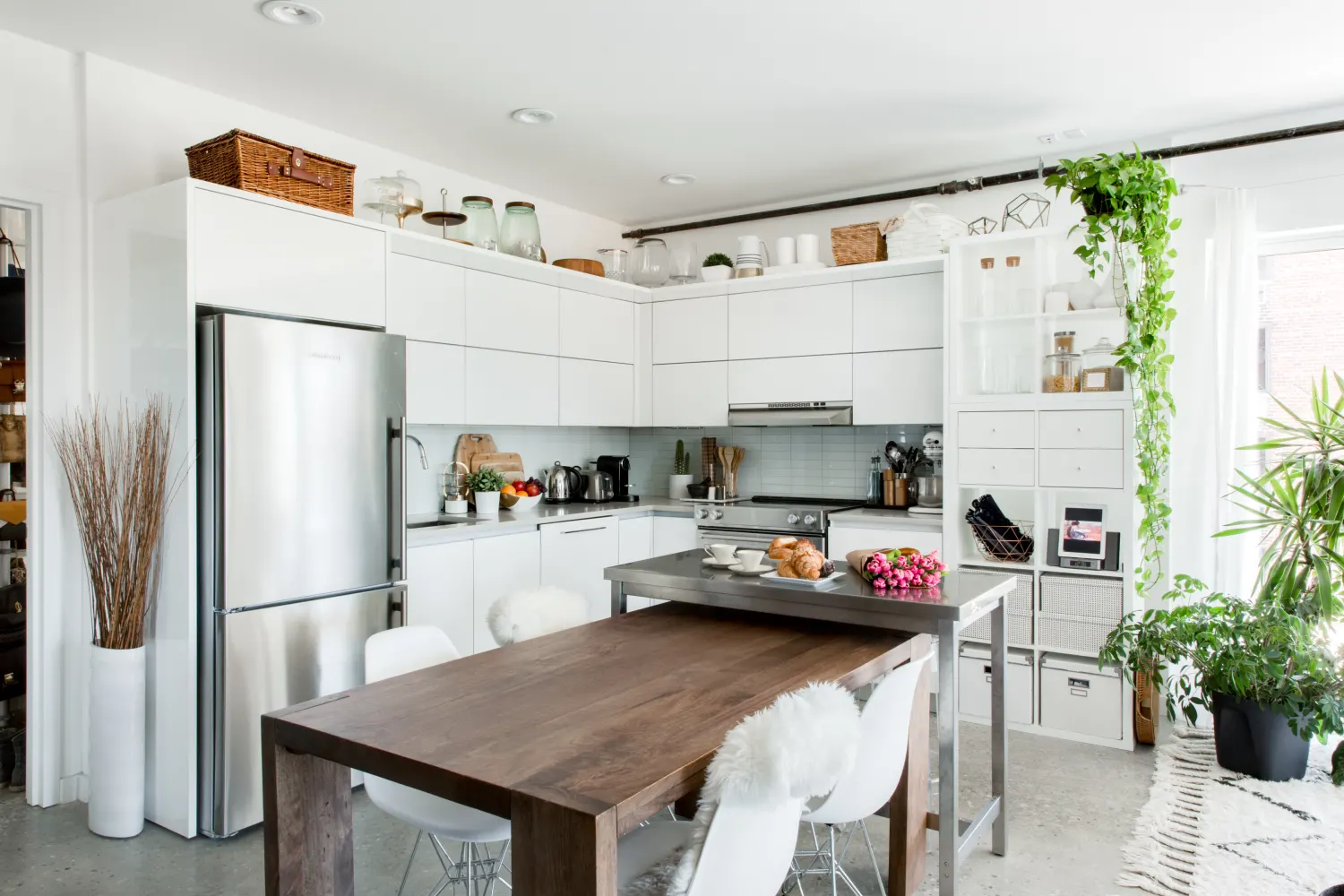
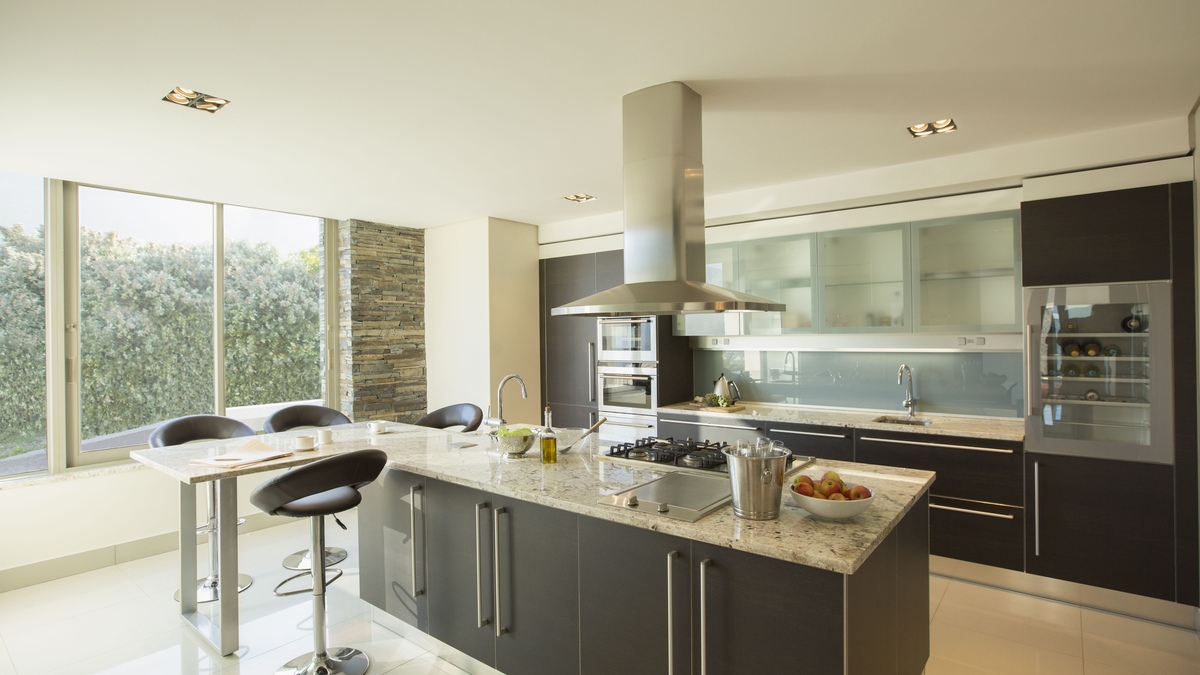

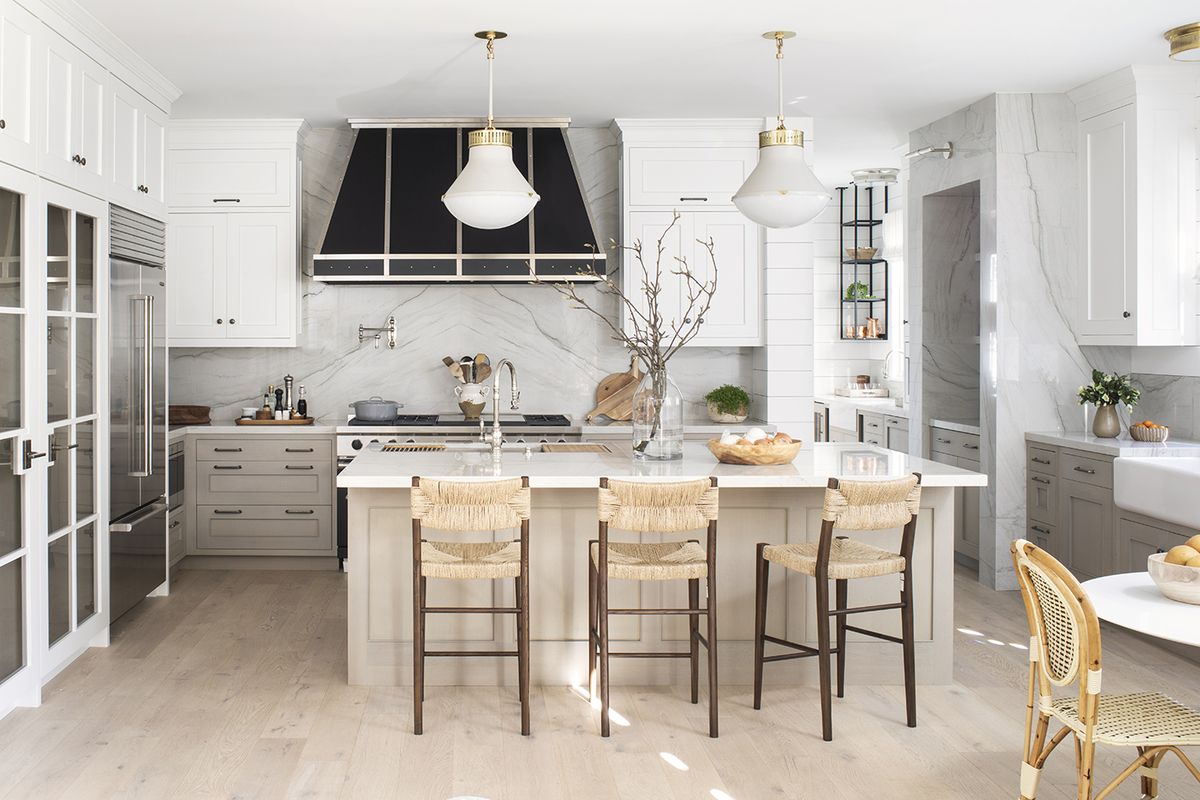
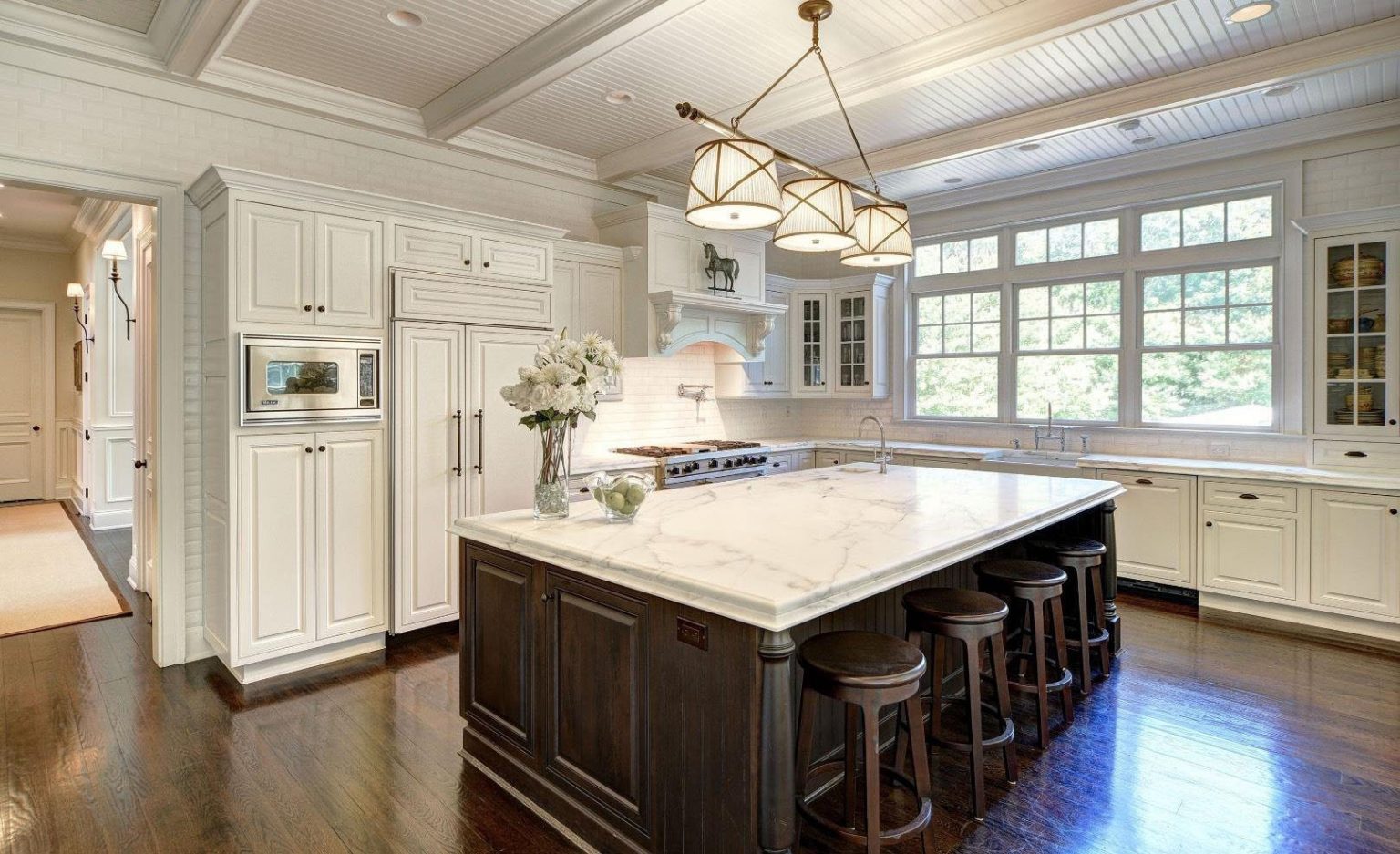
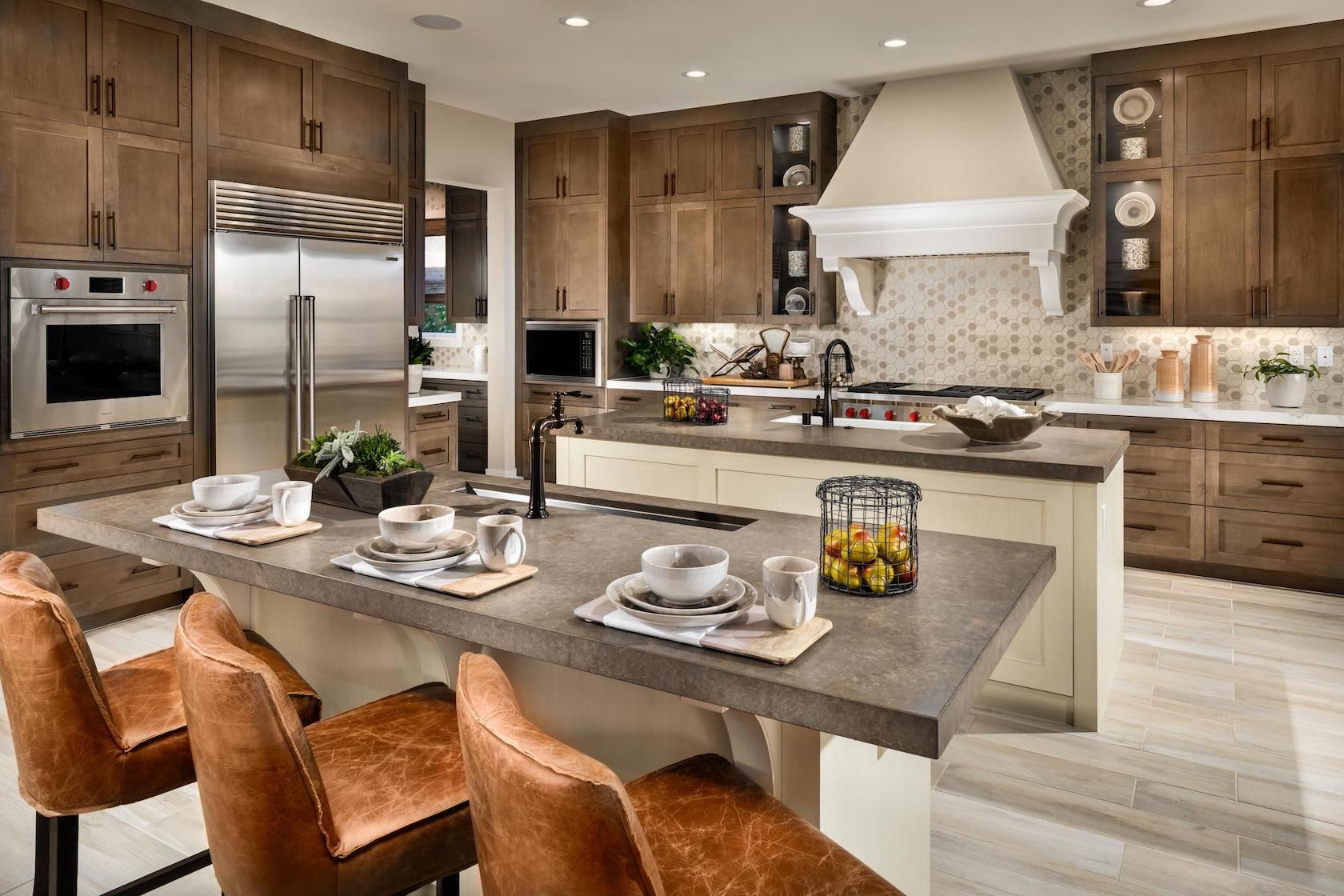
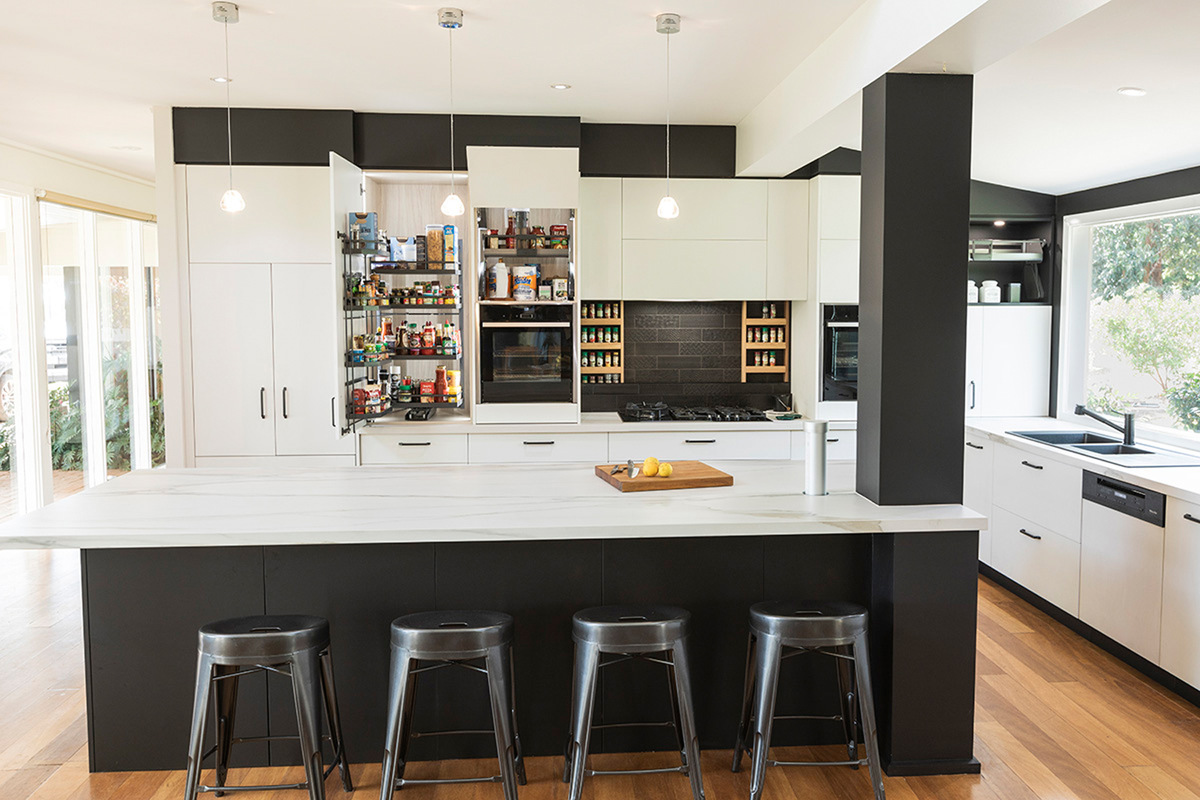
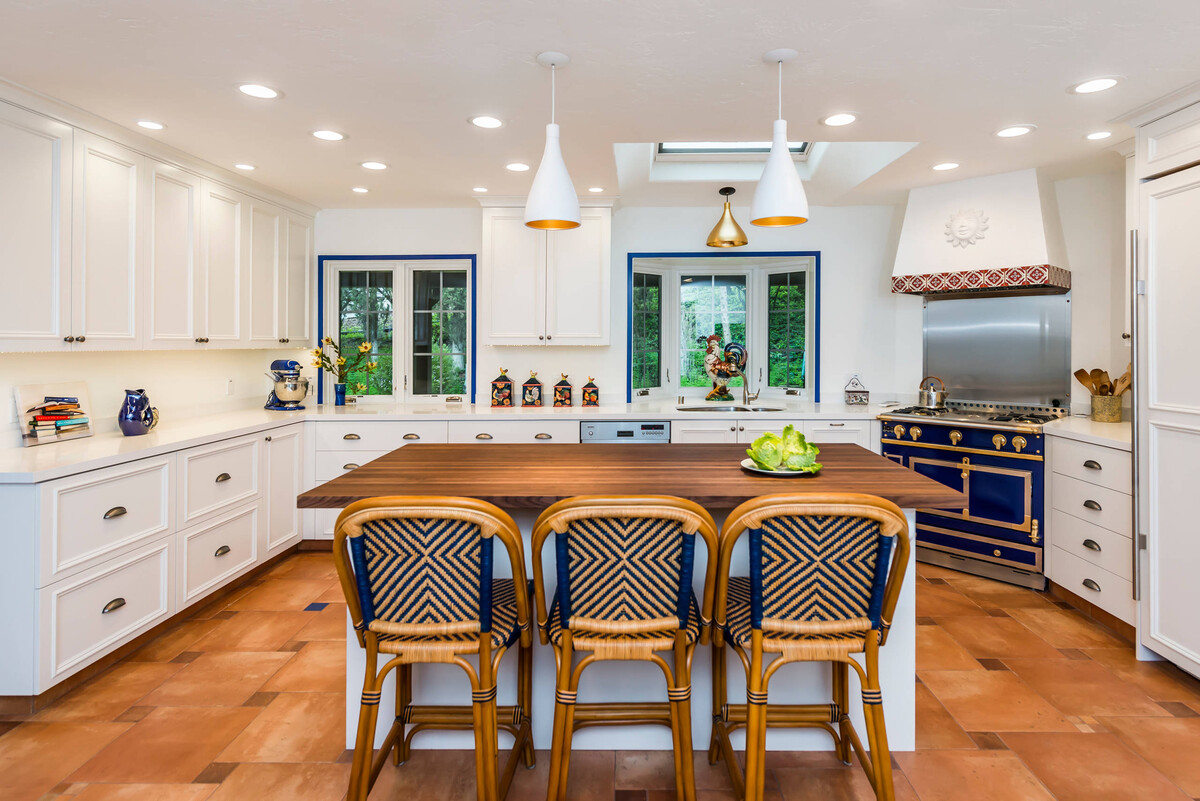
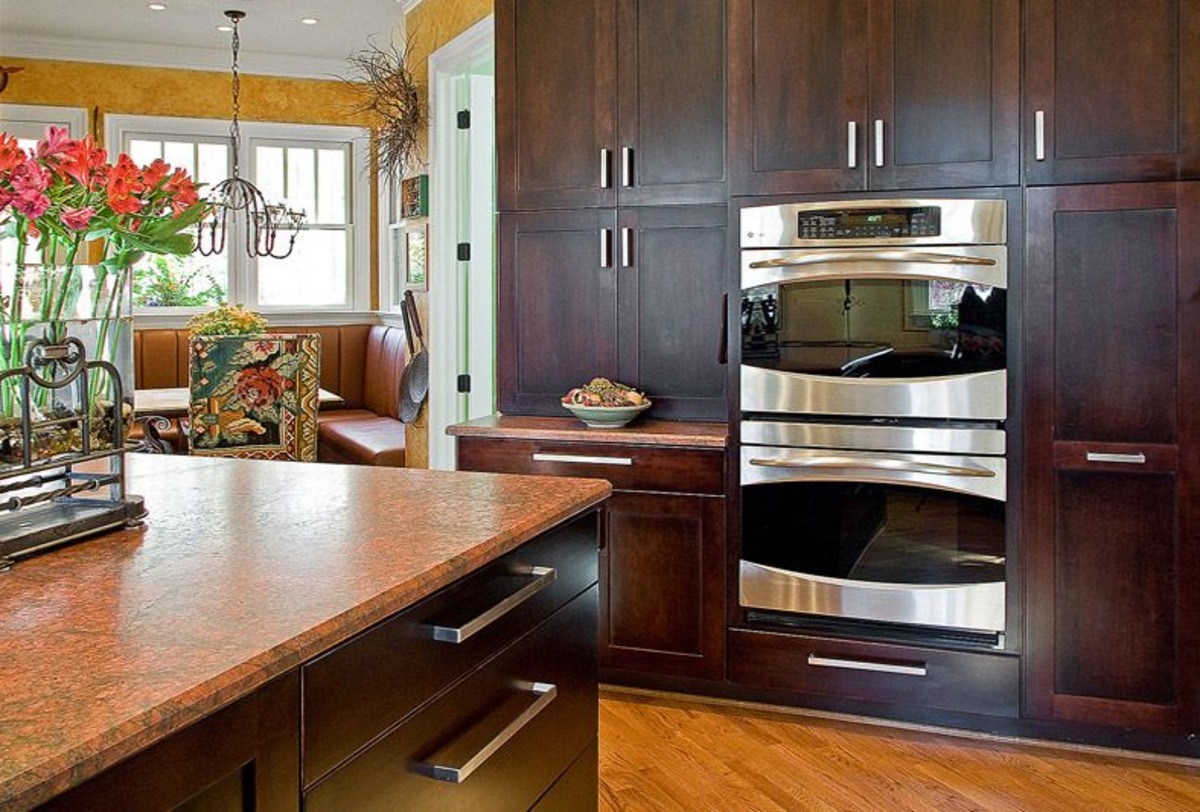

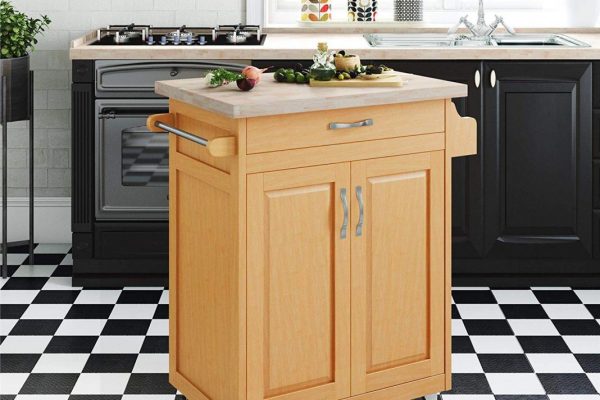
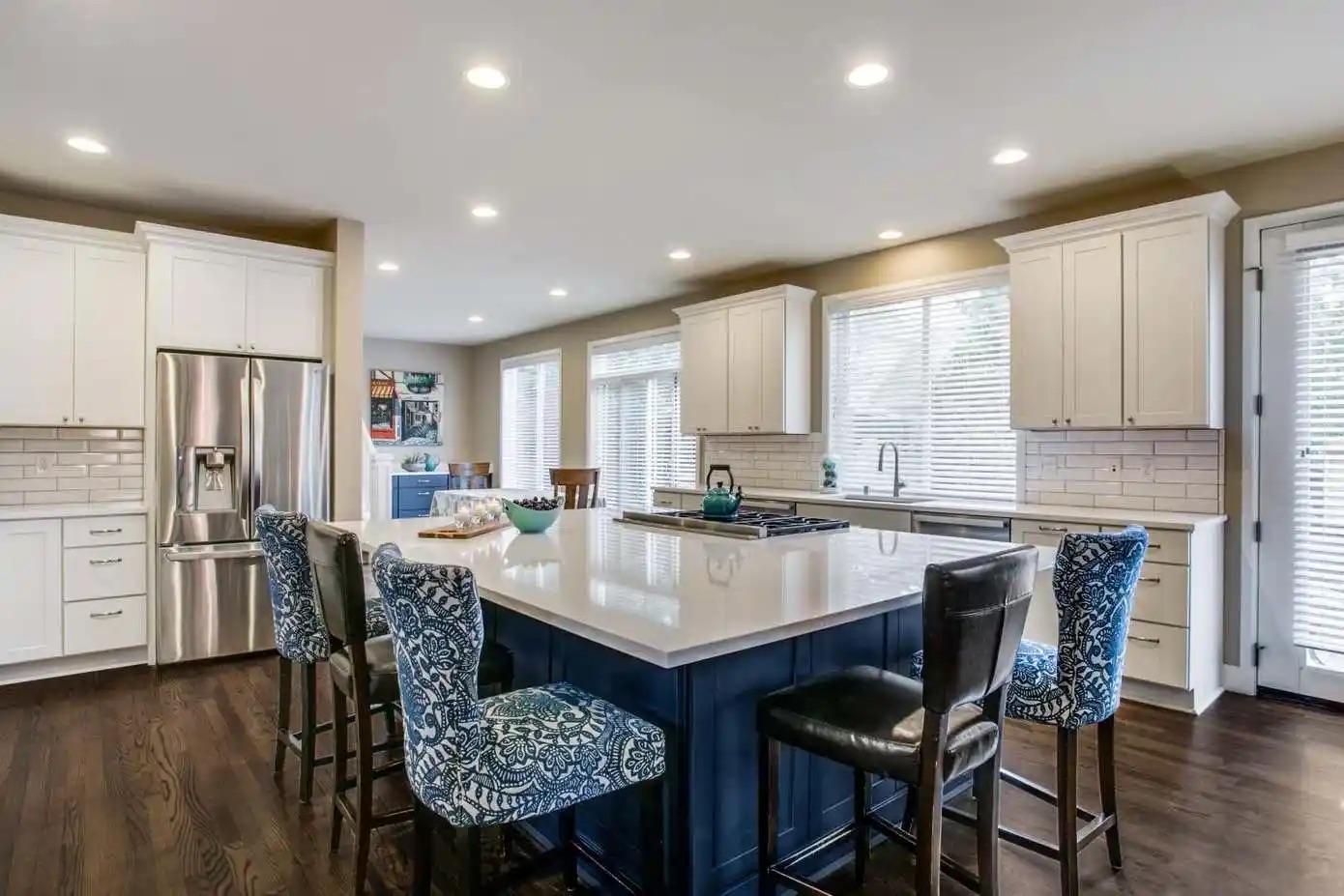
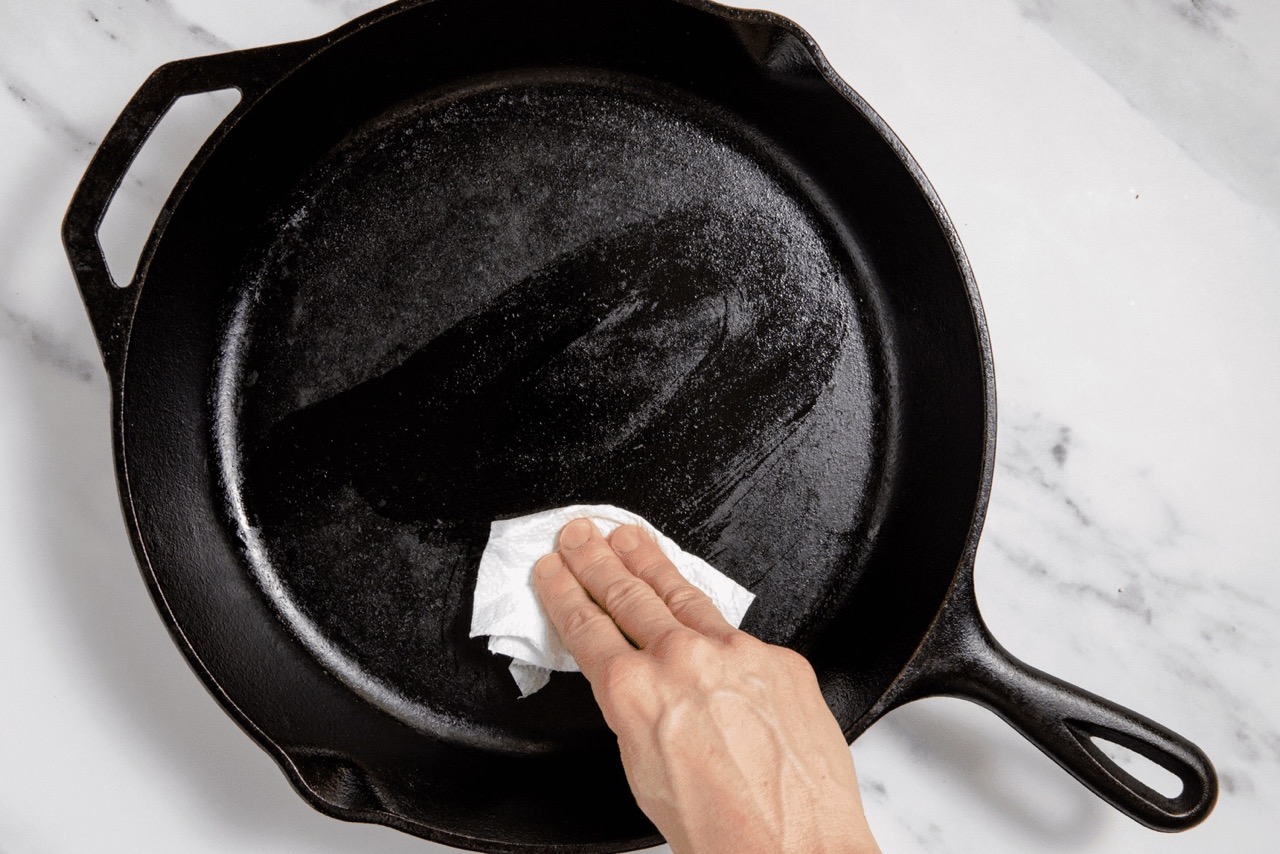
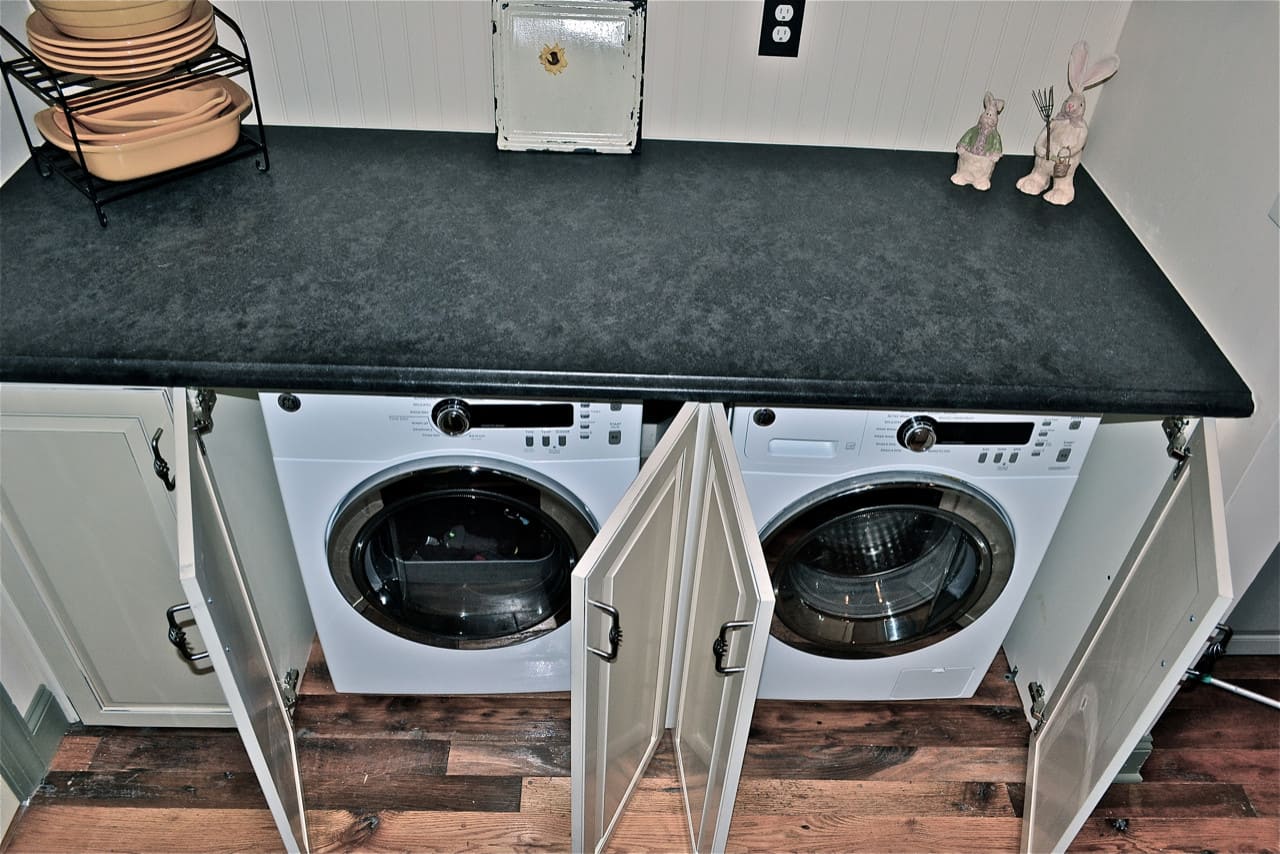

0 thoughts on “How To Design A Kitchen Island With Seating: 6 Experts Advise”